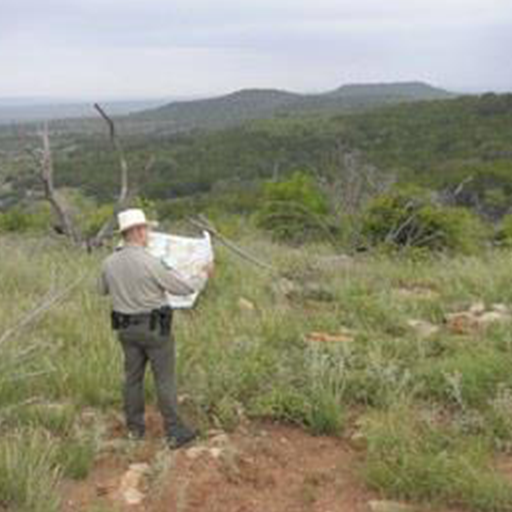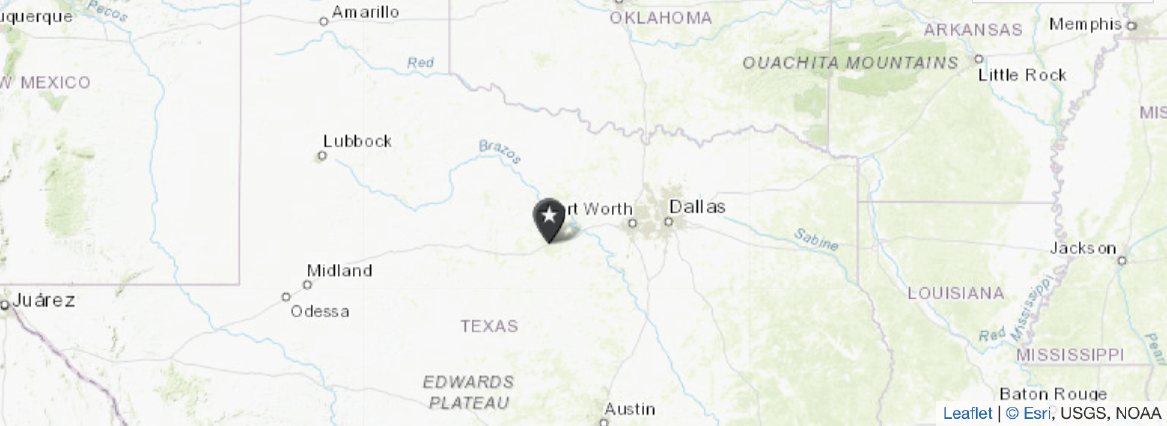Impacts to State Parks and Other Sensitive Areas
Renewable energy companies are targeting some of Texas’s most sacred natural resource areas that benefit all Texans.


Palo Pinto State Park
In 2025, Palo Pinto State Park will be the first state park opening in North Texas in over two decades. However, in 2022, NextEra Energy applied for a Section 313 tax limitation application to build a 15,000-acre wind farm directly adjacent to the 4,000-acre park, which would have blocked scenic views in 75% of the park and disrupted wildlife inhabiting the park.


